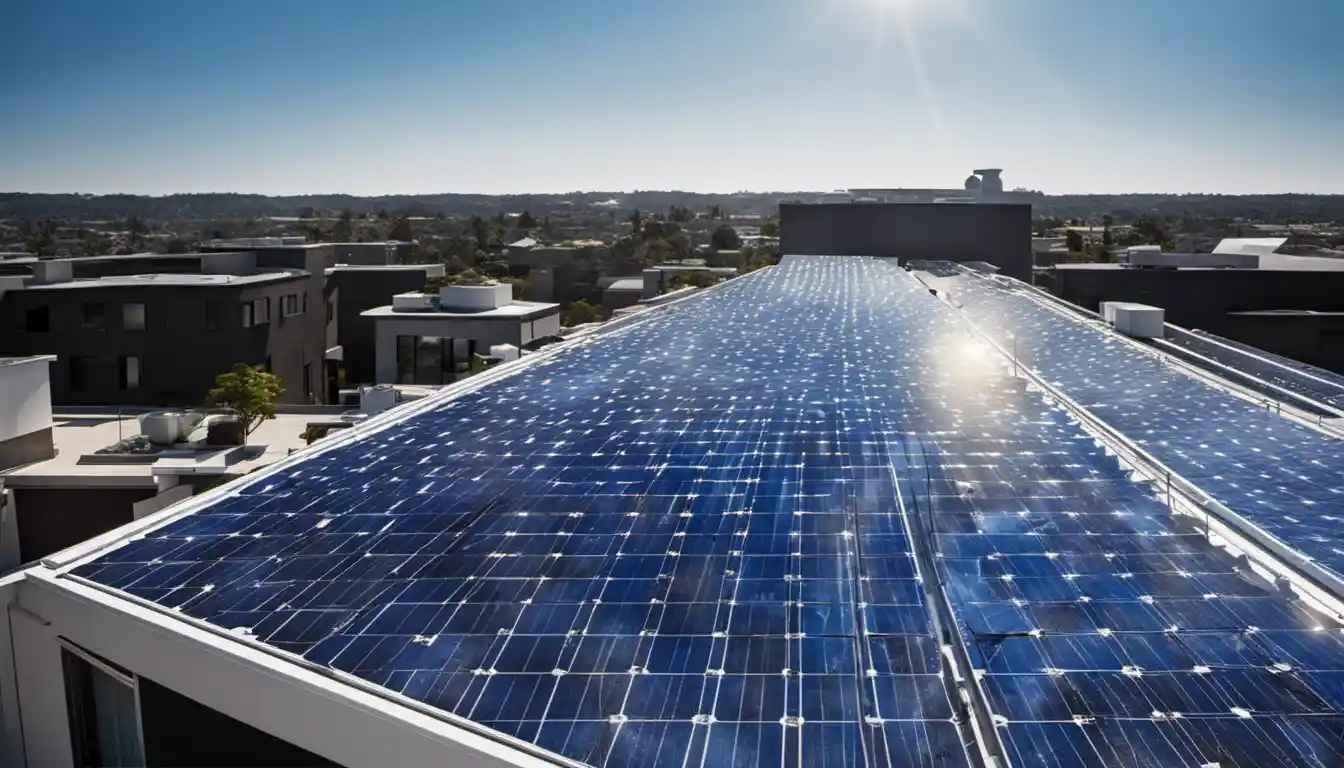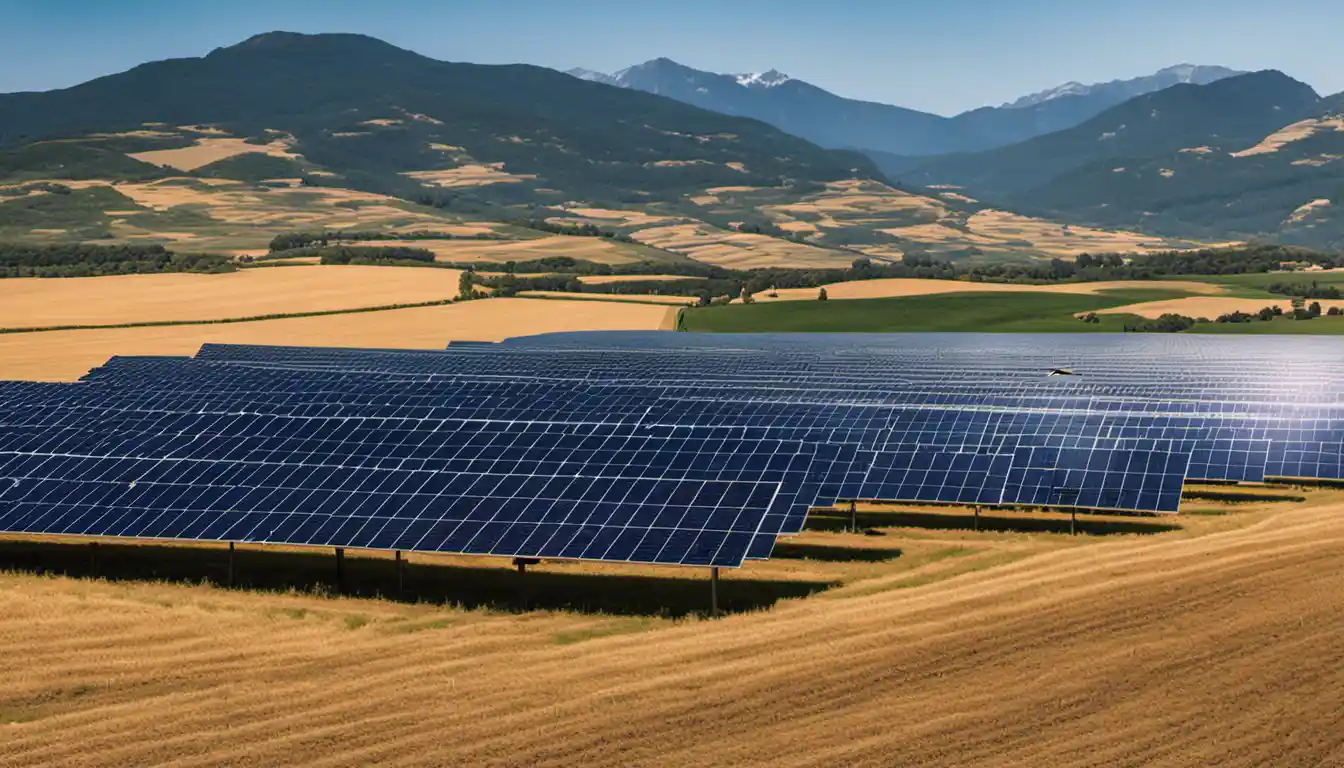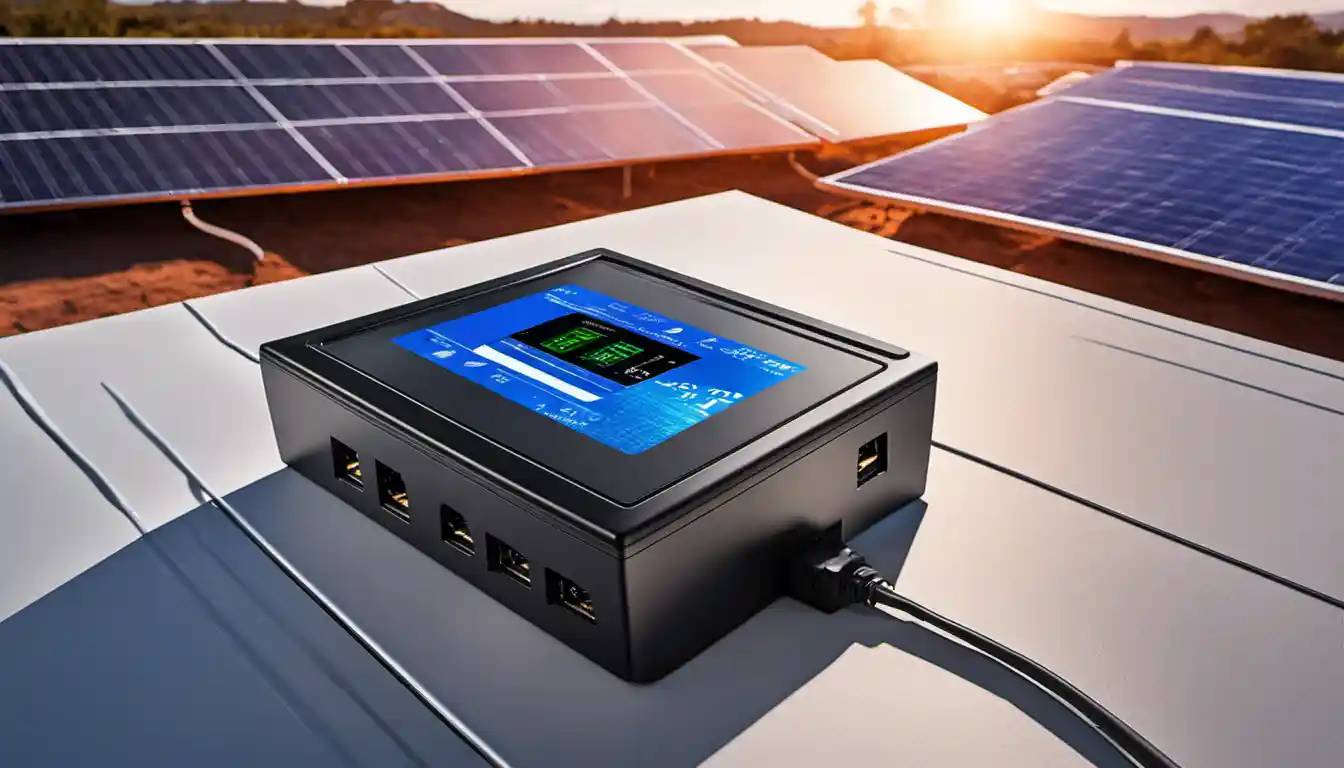What is a MPPT Charge Controller?
A MPPT (Maximum Power Point Tracking) charge controller is a type of solar charge controller that helps optimize the connection between solar panels and the battery or the grid. It maximizes the power output by constantly monitoring and adjusting the voltage and current to achieve the maximum power input, thereby enhancing the overall efficiency of the solar system.
The Role of an MPPT Charge Controller
By now, you’re probably eager to grasp, “What does a MPPT Charge Controller do?”. Quite simple, my friends – it behaves as the intelligent middleman in the solar power dialogue between your photovoltaic (PV) panels and batteries. This sophisticated controller steps in to transform excess voltage into amperage, preventing the waste of collected solar power, thus ensuring that your system operates at its full potential.
The Principle of Maximum Power Point (MPP)
To better comprehend the MPPT charge controller, we need to get familiar with the concept of Maximum Power Point (MPP). Every solar panel has a particular point under standard conditions at which it can operate at peak capacity. This point, my solar enthusiasts, is known as the maximum power point.
Understanding MPP
Consider a sunny day when your solar panels are absorbing all that lovely solar energy. The intensity of the sun determines the ‘sweet spot’ for extracting the maximum power. MPP is the technique used by MPPT charge controllers to ascertain this ‘sweet spot’ for your solar panels, enhancing their performance and extending their lifespan.
Relation of MPP with MPPT Charge Controller
You might now wonder, “How does a MPPT charge controller work with this MPP principle?” Well, the controller continuously monitors the output of the PV panels, adjusts the ‘sweet spot’ to stay on the MPP, and cleverly maximizes the power used. Quite an efficient friend to have in your solar setup right!
Functional Mechanism of MPPT Charge Controllers

Now that we’ve covered the basics, let’s dig deeper into the functional mechanism of MPPT charge controllers.
General Working Principle
MPPT charge controllers function based on a high-frequency DC to DC conversion principle. In layman’s terms, they convert excess voltage, which might otherwise be lost, into amperage. This ability helps optimize energy usage and reduces wastage.
Breakdown of the Controller’s Operation
In a solar setup, the charge controller checks the output of the PV panels and compares it with the battery voltage. It then figures out the best power that the PV panel can output to charge the battery.
Utilising Increased Panel Voltage for Optimum Power
Prerequisite Understanding of Panel Voltage
Understanding the role of panel voltage in your solar setup is crucial. A higher voltage from your PV panels doesn’t automatically mean more power. It depends on the balance between voltage and current.
Functionality of Panel Voltage in MPPT Charge Controllers
When the sun is at its peak, the panels generate a high voltage. Your MPPT controller steps in to regulate this voltage, converting it into a form that the batteries can use for optimal charging.
Harnessing Battery Voltage for Maximum Power Delivery

Battery voltage impacts your solar setup. You may ask, “How?” Let me illustrate.
How Battery Voltage Contributes to Power Output
Higher battery voltage decreases the current required, reducing energy loss during transmission. It also results in efficient power management and extends the usable life of your battery.
Role of Battery Voltage in MPPT Charge Controllers
The MPPT charge controller optimizes the battery voltage by transforming the solar panel’s output, which in turn maximizes the overall performance of your solar setup.
Integrated Techniques for Optimal Battery Charging
Every manufacturer designs their MPPT charge controllers with integrated techniques tailored to ensure optimal battery charging.
Explanation of Combined Techniques
Such techniques can include temperature compensation, controlling the depth of discharge, and multistage charging that includes absorption, bulk, and float stages.
Benefits of these Techniques in MPPT Charge Controllers
These techniques ensure your battery remains in top-notch condition, ultimately extending the system’s overall lifespan while delivering more effective and safer power management for your solar set up.
Role of MPPT Charge Controllers in Power Optimization

When we talk of MPPT controllers, power optimization can’t be ruled out. We’ve already touched this topic, but let’s elaborate a bit more.
Understanding Power Optimization
Power optimization is all about tweaking and adjusting parameters to extract maximum power from your solar setup. It’s a blend of minimizing losses and efficiently utilizing the generated power.
How MPPT Controllers Optimize Power
MPPT controllers have a critical role in power optimization, detecting minute changes in voltage and adjusting the charging current to harness the maximum available solar power.
The Catch-22 of MPPT
Explanation of the Term
The term ‘Catch-22’ usually means a seemingly impossible situation. Here, it refers to the popular belief that MPPT controllers are always the best choice for any solar setup.
Its Relevance in MPPT Charge Controllers
While MPPT Charge Controllers are an excellent investment due to their efficiency, they may not be necessary for every situation. For smaller systems or where the cost of energy isn’t as significant, simpler charge controllers might be sufficient. Knowing the different types of charge controllers will help you best select what’s right for your system.
In conclusion, a MPPT Charge Controller is a pivotal component of your solar setup, ensuring optimum power generation and efficient energy usage. With the rapid advancement in solar technology, investing in a MPPT controller is the best way to embrace a cleaner and greener tomorrow.
For an in-depth guide on choosing your charge controller, check out the different types of charge controllers and make an informed decision. The sun is shining, and the power is yours for the taking, don’t waste it!



